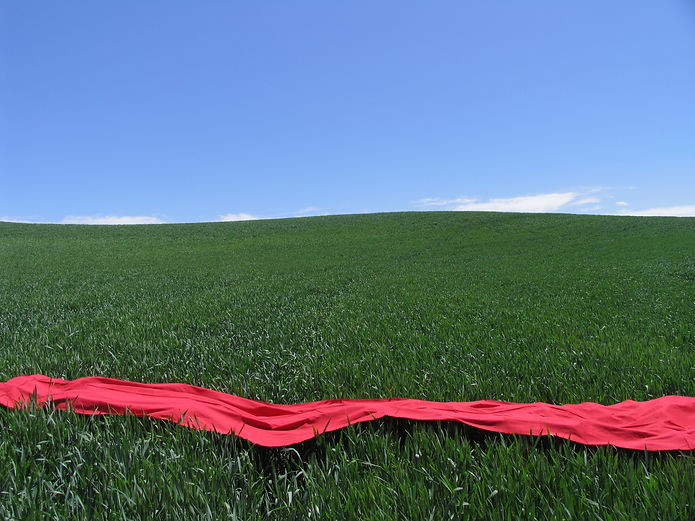Philips Farm

explore biotic community
about
The Palouse of eastern Washington and western Idaho, the traditional homeland of the Palus Band of Indians and ceded lands of the Nez Perce Tribe, is best known for expansive undulant hills of wheat and lentils -- a photographer's dreamscape. But this is a landscape that has always been the site of myriad ecosystems resilient with diverse flora and fauna. There are remnants of rare native Palouse prairie, vintage apple groves, lush cedar forests, man-made ponds, and several river corridors; the Palouse river walk, for example, runs through downtown Pullman and to east, passing Koppel Farm Community Garden and the cinema, and, of course, far beyond.
These wild niche spaces get pushed to the edges in the dominant view that large-scale agricultural systems create.
What if we focus on these wild edge spaces?
What if we call out the details in the languages of environmental science and different creative and healing arts?
What image of the landscape emerges?
What new connections might might arise?

Artist Annie Cunningham's
beet-red swath laying atop wheatgrass.
Less than 1% of native Palouse Prairie remains intact
This is what EcoArts on the Palouse proposes to discover.